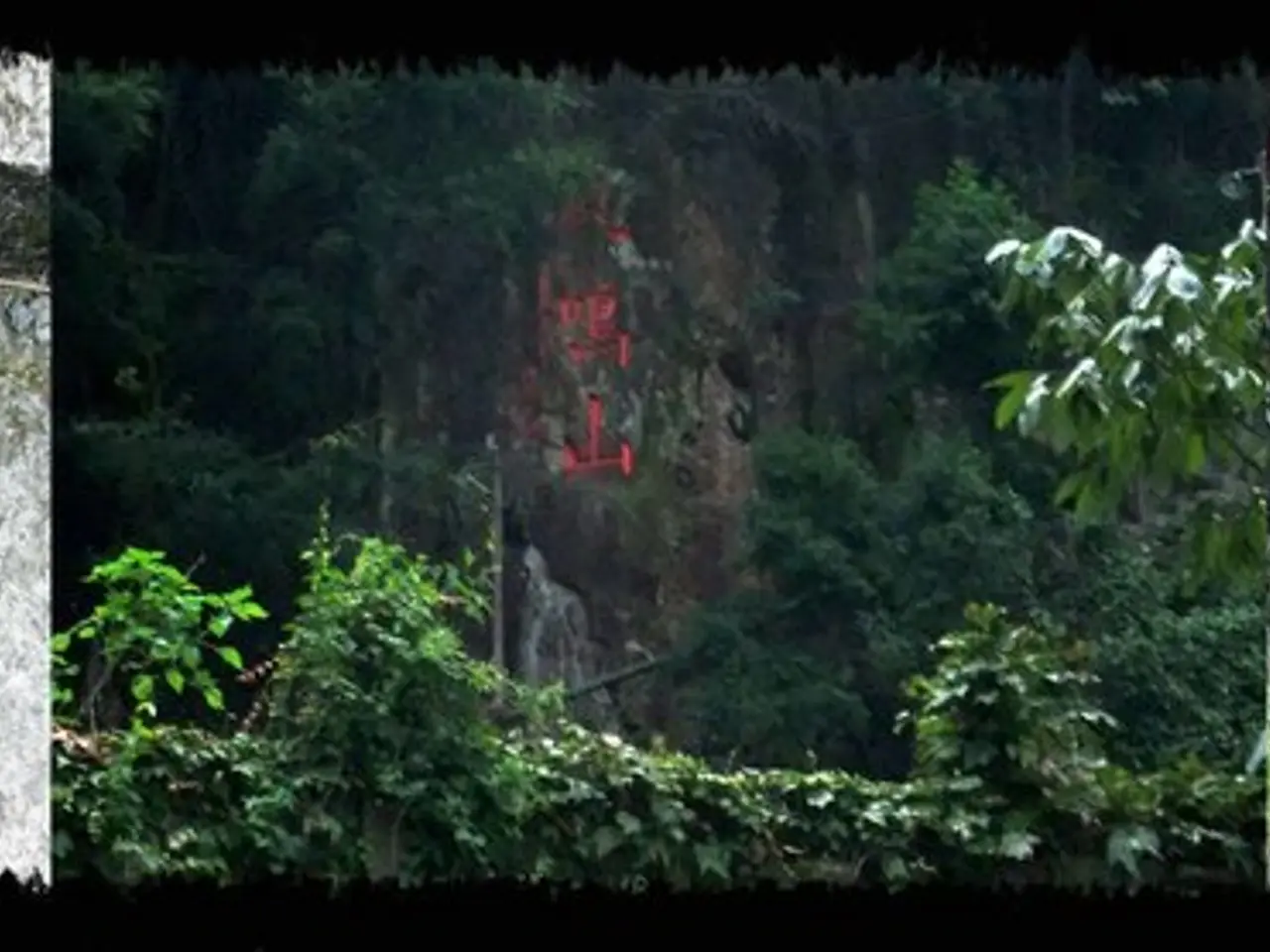Six Strategies to Integrate Photography in Natural Studies, Igniting Awe and Curiosity
In the realm of nature photography, capturing fleeting moments of beauty and intrigue has long been a cherished pursuit. However, a new wave of photographers is now using their lenses to document gradual changes, weather patterns, plant life cycles, and other natural phenomena over time, making photography an invaluable tool for long-term nature study projects.
One approach to this endeavour is time-lapse photography. Using a DSLR or mirrorless camera with manual control over aperture, shutter speed, and ISO, photographers can set their cameras to take photos at set intervals, capturing the subtle changes that are not easily perceived in real-time. With software like Lightroom, LRTimelapse, Premiere Pro, or AI-enhanced video editors, these captured images can be transformed into compelling time-lapse videos, revealing the hidden rhythms of seasonal change in minutes.
To capture weather patterns and transitions, photographers employ long exposures to create silky effects of water or streaks of clouds, and longer exposures for star trails or dramatic sky movements. Capturing changing weather conditions through interval shooting can reveal patterns in how weather evolves daily or seasonally.
Plant life cycles are another fascinating subject for long-term study. By photographing the same plants repeatedly over their lifecycle and using interval shooting over days or weeks, photographers can compress the entire lifecycle into a fast-forward sequence, making subtle growth changes visually detectable. Macro photography supplements these records with close-up shots, capturing details such as leaf changes, flower development, or insect interactions.
Organising digital collections is crucial for maintaining the integrity and accessibility of these long-term projects. A clear folder structure, descriptive file names, and metadata tags ensure that images can be easily located. Backing up images on multiple devices or cloud services prevents data loss, while annotation software helps keep track of observations and research details.
By combining thoughtful photographic techniques with disciplined organisation, photography becomes a powerful tool for long-term nature study projects that yield compelling, scientifically useful visual data on environmental and biological changes over time. Whether it's focusing on dramatic sky changes during storm fronts and seasonal weather shifts, documenting plant life cycles, or capturing the microscopic world through macro photography, the possibilities are endless.
For those interested in contributing to larger conservation efforts, platforms like eBird, iNaturalist, Project BudBurst, and Journey North provide opportunities to share wildlife photos for tracking animal populations and migration patterns, biodiversity documentation, and creating valuable records of local species.
In conclusion, photography is no longer just about capturing a single moment in time. With a thoughtful approach and a commitment to organisation, photographers can become valuable contributors to the field of long-term nature study, helping to build awareness of human influence on natural systems and documenting conservation success stories and degraded areas alike.
In the world of home-and-garden enthusiasts, some individuals have embraced time-lapse photography as a means to showcase the progress of various projects over time, using software like Lightroom or Premiere Pro to create engaging videos.
Moreover, learning from nature study projects can extend beyond formal education. For instance, by observing and documenting changing weather patterns, plant life cycles, or even microscopic details through photographs, individuals can gain insight into natural phenomena and potentially contribute to larger conservation efforts.




